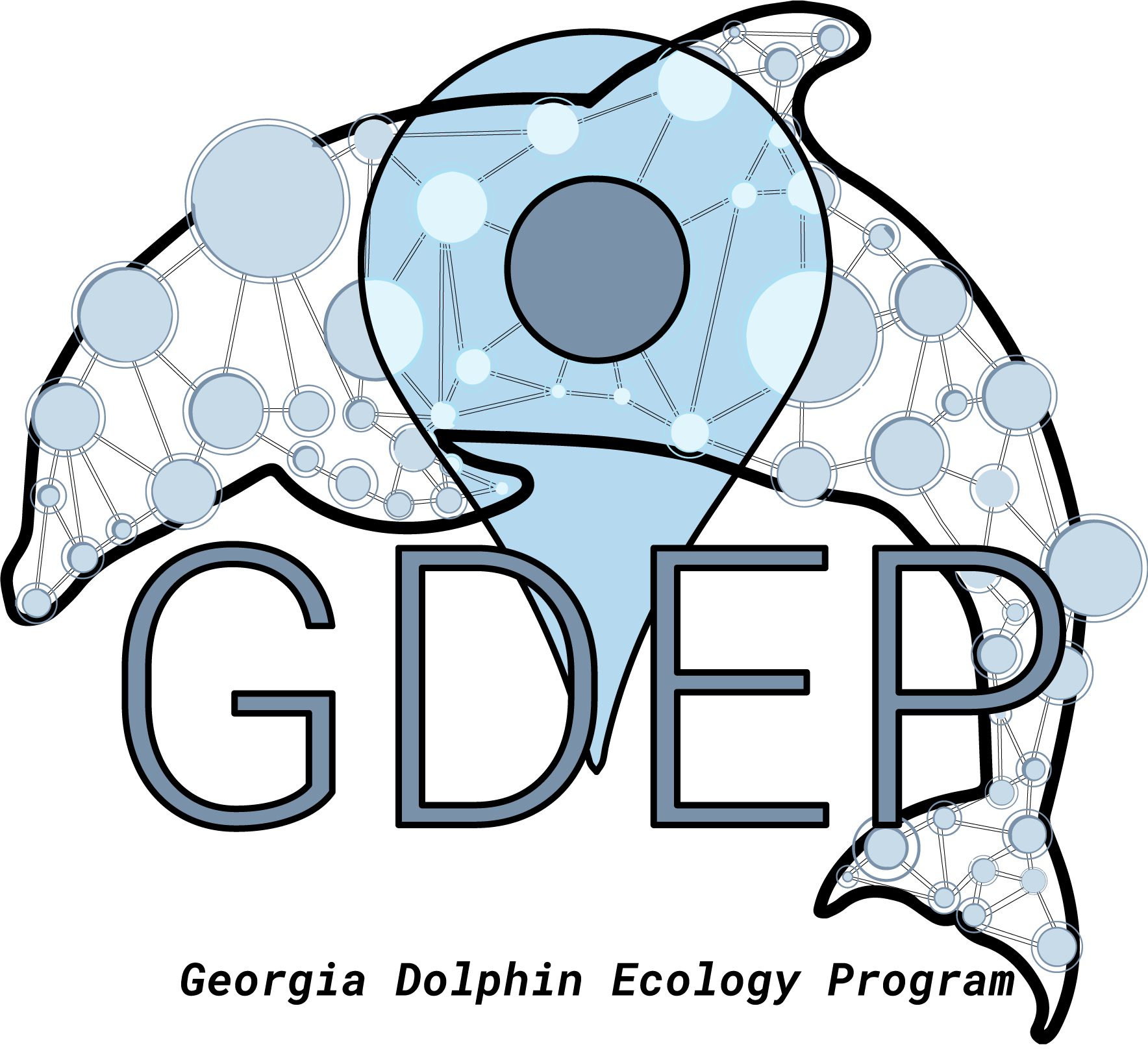Sources
2018
National Geographic Article: https://news.nationalgeographic.com/2018/03/mysterious-sea-creature-washes-ashore-georgia-monster-spd/
Newsweek Story: http://www.newsweek.com/basking-shark-georgia-mysterious-creature-washed-ashore-853338
Local News Story: https://www.actionnewsjax.com/news/local/strange-sea-creature-washes-ashore-on-georgia-beach/717534899
History of the Altamaha: http://www.exploresouthernhistory.com/altamahaha.html
Altamaha Legend of Georgia: https://www.legendsofamerica.com/ga-altamahaha/
Edgar G.J., Russ G.R, Babcock R.C. (2007). Marine protected areas. In S.D. Connell and B.M. Gillanders (Eds), Marine Ecology (pp. 534-565), Oxford, UK: Oxford University Press.
Edgar, et al. (2014). Global conservation outcomes depend on marine protected areas with five key features. Nature, 506, 216-220.
Executive Order 13158. Federal Register, 65 (105), May 31, 2016.
NOAA National Ocean Service. What is a marine protected area? (2017). https://oceanservice.noaa.gov/facts/mpa.html
NOAA National Ocean Service, Office of Ocean and Coastal Resources Management. Definition & classification system for US marine protected areas. (2011).nmsmarineprotectedareas.blob.core.windows.net/marineprotectedareas-prod/media/archive/pdf/helpful-resources/factsheets/mpa_classification_may2011.pdf
Commonwealth of Australia, Department of Environment and Heritage. (2003). The benefit of marine protected areas. Agardy, et al. (2003). Dangerous targets? Unresolved issues and ideological clashes around marine protected areas. Aquatic Conservation: Marine and Freshwater Ecosystems, 26(S2), 7-23. IUCN. Marine mammal protected areas task force. (2016). www.marinemammalhabitat.org IUCN. Strategic plan for biodiversity 2011-2020 and the Aichi Targets. (2010). www.cbd.int/doc/strategic-plan/2011-2020/Aichi-Targets-EN.pdf
Additional Resources:
MPA Science: marineprotectedareas.noaa.gov/sciencestewardship/
MPA Inventory: marineprotectedareas.noaa.gov/dataanalysis/mpainventory
NOAA Marine Mammal Viewing Guidelines and Regulations: https://alaskafisheries.noaa.gov/pr/mm-viewing-guide
NOAA Marine Wildlife Viewing Guidelines: http://www.nmfs.noaa.gov/pr/pdfs/education/viewing_wildlife.pdf
AAMPA’s Guide to Responsible Wildlife Watching: http://www.ammpa.org/doc_watchablewildlife.html
Watchable Wildlife Inc.: http://www.watchablewildlife.org
Georgia DNR North Atlantic Right Whale: http://georgiawildlife.com/conservation/rightwhales
Marine Mammals Protection Act: http://www.nmfs.noaa.gov/pr/laws/mmpa/
“Marine Mammals Feeding.” Discovery of Sound in the Sea, University of Rhode Island and Inner Space Center, 22 Nov. 2017, dosits.org/animals/use-of-sound/marine-mammals-feeding/.
Bobbitt, Andra M, and Sharon Nieukirk. “A Collection of Sounds from the Sea.” Ocean Explorer, National Oceanic and Atmospheric Organization, 18 Dec. 2017, oceanexplorer.noaa.gov/explorations/sound01/background/seasounds/seasounds.html#airguns.
Hatch, L. T., Clark, C. W., Parijs, S. M., Frankel, A. S., & Ponirakis, D. W. (2012). Quantifying Loss of Acoustic Communication Space for Right Whales in and around a U.S. National Marine Sanctuary. Conservation Biology, 26(6), 983-994. doi:10.1111/j.1523-1739.2012.01908.x
Nevala, Amy E. “The Sound of Sonar and the Fury about Whale Strandings.” Woods Hole Oceanographic Institution, Woods Hole Oceanographic Institution, 15 Feb. 2008, www.whoi.edu/page.do?pid=7156&tid=282&cid=37146#.
Southall, B. L., Bowles, A. E., Ellison, W. T., Finneran, J. J., Gentry, R. L., Greene, C. R., . . . Tyack, P. L. (2007). Marine Mammal Noise-Exposure Criteria: Initial Scientific Recommendations. Aquatic Mammals, 33(4), 411-509. doi:10.1080/09524622.2008.9753846
Tyack, P. L. (2008). Implications for marine mammals of large-scale changes in the marine acoustic environment. Journal of Mammalogy, 89(3), 549-558. doi:10.1644/07-mamm-s-307r.1
Morbillivirus Infection in Dolphins, Porpoises, and Whales: http://www.nmfs.noaa.gov/pr/health/mmume/midatlantic2013/morbillivirus_factsheet2013.pdf
FAQs on Morbillivirus and the Atlantic UME: http://www.nmfs.noaa.gov/pr/health/mmume/faqs_morbillivirus_ume.html 2013-2015
Bottlenose Dolphin Unusual Mortality Event in the Mid-Atlantic: http://www.nmfs.noaa.gov/pr/health/mmume/midatldolphins2013.html Worrisome trend for health of wild dolphins: https://www.sciencedaily.com/releases/2017/08/170823184347.htm
Health and Stranding of Marine Animals: http://www.nmfs.noaa.gov/pr/health/stranding.htm
2017
Death by Killer Algae: http://hakaimagazine.com/features/death-killer-algae/?utm_source=Hakai+Magazine+Weekly&utm_campaign=ad060263b4-EMAIL_CAMPAIGN_2017_09_06&utm_medium=email&utm_term=0_0fc1967411-ad060263b4-107982073
Algae, Cyanobacteria Blooms, and Climate Change: http://climate.org/algae-cyanobacteria-blooms-and-climate-change/
NOAA Marine Mammal Unusual Mortality Events: http://www.nmfs.noaa.gov/pr/health/mmume/events.html
“Good For You, Good For The Ocean” on November 30th Environmental Working Group: https://www.ewg.org/?gclid=Cj0KCQiA0vnQBRDmARIsAEL0M1kExV2Zb9wIXYUxioRGA528OK2HXh33ZwIAA1RAO8RL_CbuDSCkCmAaAlLSEALw_wcB#.Wh7TfxNSw_U
Monterey Bay Aquarium Seafood Watch: http://www.seafoodwatch.org/ Protect Planet Ocean: http://www.protectplanetocean.org/collections/introduction/introbox/oceans/introduction-item.html
FDA Advisory: https://www.fda.gov/Food/FoodborneIllnessContaminants/Metals/ucm2006760.htm
NRDC Wallet Card: https://www.nrdc.org/stories/mercury-guide
Dolphin Mercury Article: https://www.sciencedaily.com/releases/2017/08/170823184347.htm
The Atlantic, A Remote Paradise Island Is Now a Plastic Junkyard: https://www.theatlantic.com/science/archive/2017/05/a-remote-paradise-island-is-now-a-plastic-junkyard/526743/
The National Geographic Society, The Great Pacific Garbage Patch encyclopedia entry: https://www.nationalgeographic.org/encyclopedia/great-pacific-garbage-patch/ Sheavly, S. B., & Register, K. M. (2007). Marine Debris & Plastics: Environmental Concerns, Sources, Impacts and Solutions. Journal of Polymers and the Environment, 15(4), 301-305. doi:10.1007/s10924-007-0074-3
Basic Facts via Ocean Conservancy: https://oceanconservancy.org/wildlife-factsheet/hawaiian-monk-seal/?gclid=Cj0KCQjwx8fOBRD7ARIsAPVq-NnZ3Fl0Lxrm0R_dzejMz3C6pTBvXue6UPaCKk-IDMZgbJHmTHEe3AkaApVGEALw_wcB
Basic Facts via National Geographic: http://www.nationalgeographic.com/animals/mammals/h/hawaiian-monk-seal/
Basic Facts via NOAA: http://www.fpir.noaa.gov/PRD/prd_hms_index.html About the Marine Mammal Center: http://www.marinemammalcenter.org/about-us/
About Ke Kai Ola: http://www.marinemammalcenter.org/what-we-do/ke-kai-ola/
News Story from Ke Kai Ola on Monk Seal Release: http://www.marinemammalcenter.org/about-us/News-Room/2017-news-archives/two-hawaiian-monk-seals.html
Year of the Monk Seal: https://www.pifsc.noaa.gov/hawaiian_monk_seal/news/year_of_the_monk_seal.php
Videos on Recovery Efforts: Species In The Spotlight: Hawaiian Monk Seal video.nationalgeographic.com/video/news/160601-news-hawaiian-monk-seal-vaccines-vin
Relevant Scientific Literature Watson, T. (2011). Culture, Conservation, and Conflict: Assessing the Human Dimensions of Hawaiian Monk Seal Recovery. Aquatic Mammals, 37(3), 386-396. Lowry, L.F et al. (2011). Recovery of the Hawaiian Monk Seal (Monachus schauinslandi): A Review of Conservation Efforts, 1972 to 2010, and Thoughts for the Future. Aquatic Mammals, 37(3), 397-419. Barbieri, M. et al (2016). Protozoal-related mortalities in endangered Hawaiian monk seals Neomonachus schauinslandi. Diseases of Aquatic Organisms, 121(2), 85-95. Schmelzer, I. (2000). Seals and seascapes: covariation in Hawaiian monk seal subpopulations and the oceanic landscape of the Hawaiian Archipelago. Journal of Biogeography, 27(4), 901-914.
http://www.nmfs.noaa.gov/pr/pdfs/recovery/hawaiianmonkseal.pdf
